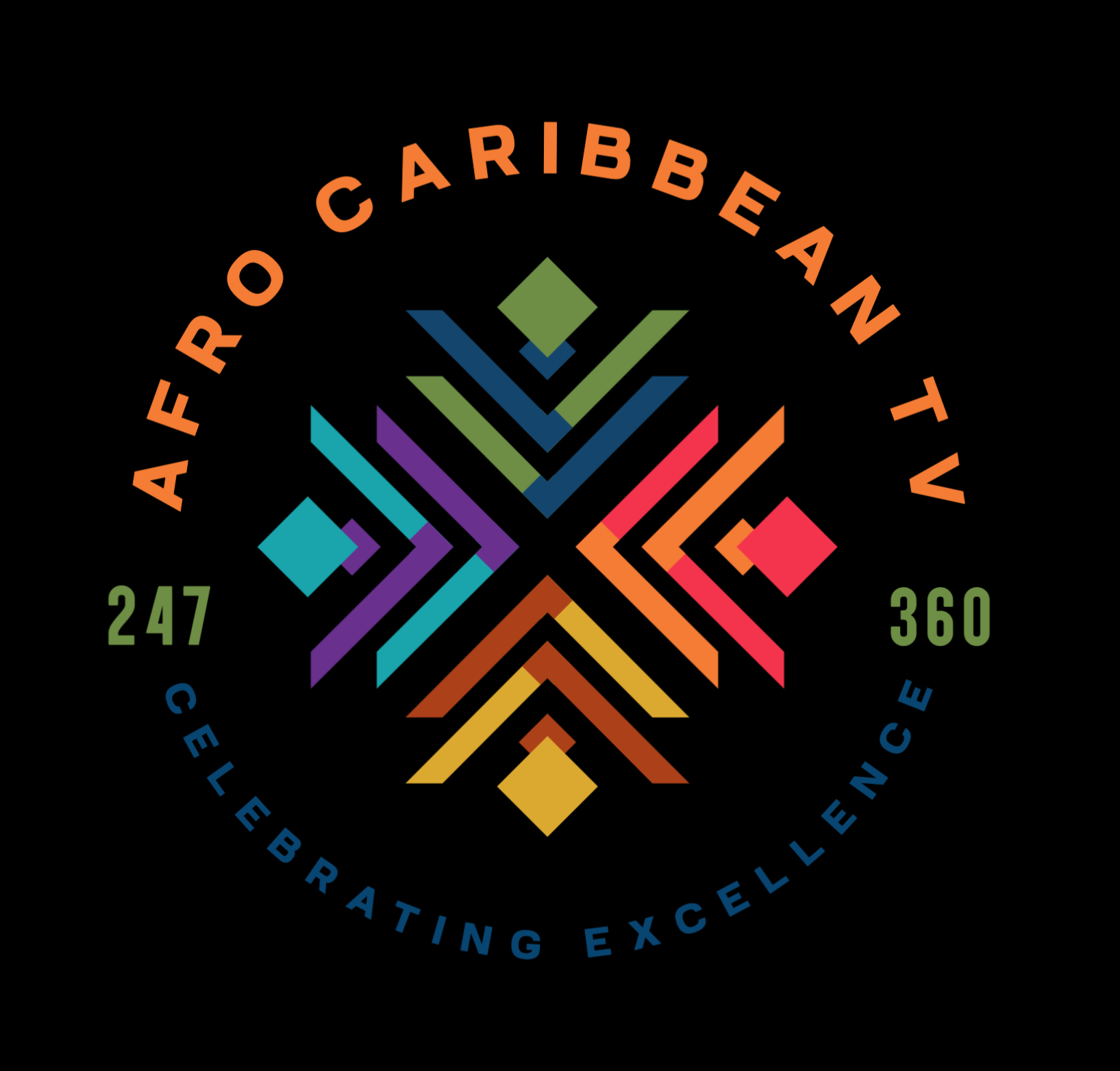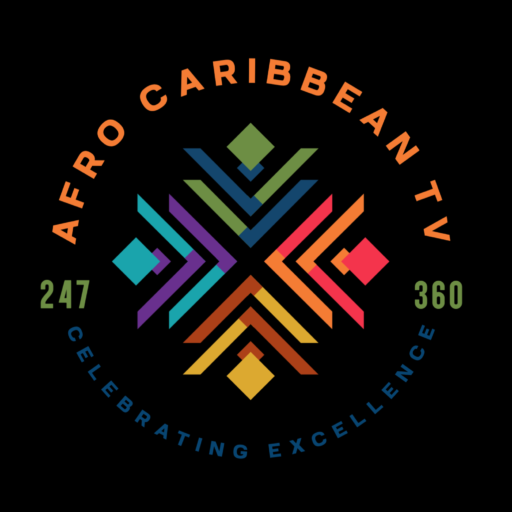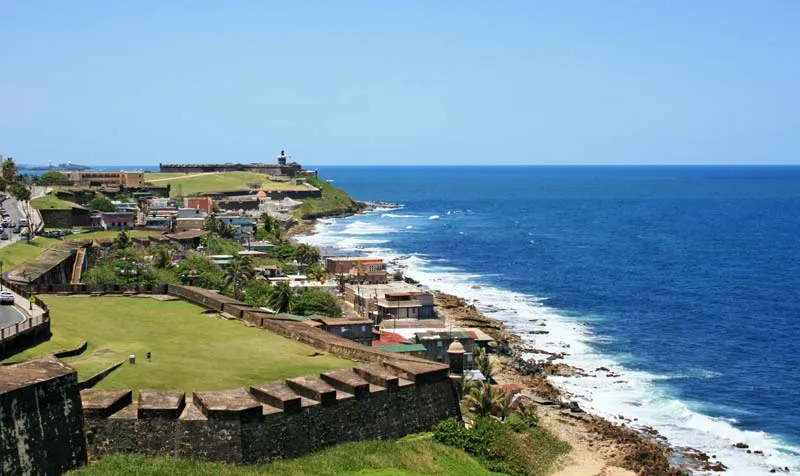Puerto Rico is a vibrant Caribbean archipelago and an unincorporated territory of the United States, blending rich cultural heritage with diverse natural landscapes. Here’s an overview of what makes Puerto Rico unique:
Geography & Landscape
Situated in the northeastern Caribbean Sea, Puerto Rico comprises the main island and several smaller ones, including Vieques, Culebra, and Mona. The main island spans approximately 100 miles in length and 35 miles in width, featuring a variety of terrains such as mountains, coastal plains, and karst regions. Notable natural attractions include the El Yunque National Forest, the only tropical rainforest in the U.S. National Forest System, and bioluminescent bays like Mosquito Bay in Vieques, renowned as one of the brightest in the world.
History & Political Status
Originally inhabited by the Taíno people, Puerto Rico was colonized by Spain in the early 1500s. Following the Spanish-American War, it became a U.S. territory in 1898. In 1952, Puerto Rico adopted a constitution establishing it as a self-governing commonwealth. Residents are U.S. citizens but cannot vote in presidential elections unless they reside in one of the 50 states. The island’s political status remains a topic of ongoing discussion, with debates over statehood, independence, or maintaining the current commonwealth status.
Culture & Identity
Puerto Rican culture is a rich tapestry woven from Taíno, Spanish, African, and American influences. Locals, known as “Boricuas,” take pride in their heritage, which is evident in the island’s music, dance, and culinary traditions. Spanish is the predominant language, and cultural expressions like salsa music and dishes such as mofongo highlight the island’s diverse roots.
Major Cities & Attractions
- San Juan: The capital city boasts historic sites like Old San Juan, with its colorful colonial architecture and fortresses such as Castillo San Felipe del Morro.
- Ponce: Known as “La Perla del Sur” (The Pearl of the South), Ponce offers cultural landmarks like the Ponce Art Museum and a charming historic district.
- Rincón: A surfer’s paradise, Rincón is famous for its beaches and stunning sunsets.
- Culebra & Vieques: These islands are home to pristine beaches, including Flamenco Beach in Culebra and the bioluminescent Mosquito Bay in Vieques.
Nature & Adventure
Beyond its beaches, Puerto Rico offers diverse natural experiences:
- El Yunque National Forest: A tropical rainforest with hiking trails, waterfalls, and unique flora and fauna.
- Camuy River Cave Park: One of the world’s largest cave networks, featuring underground rivers and impressive stalactites.
- Toro Verde Adventure Park: Home to “The Monster,” one of the world’s longest zip lines.
Cuisine & Festivals
Puerto Rican cuisine, known as “cocina criolla,” blends Spanish, African, and Taíno flavors. Signature dishes include arroz con gandules (rice with pigeon peas), lechón asado (roast pork), and pasteles. The island hosts numerous festivals throughout the year, such as the San Sebastián Street Festival in Old San Juan, celebrating music, art, and culture.
Puerto Rico’s unique blend of cultures, natural beauty, and historical significance make it a captivating destination for travelers and a place of pride for its residents.


